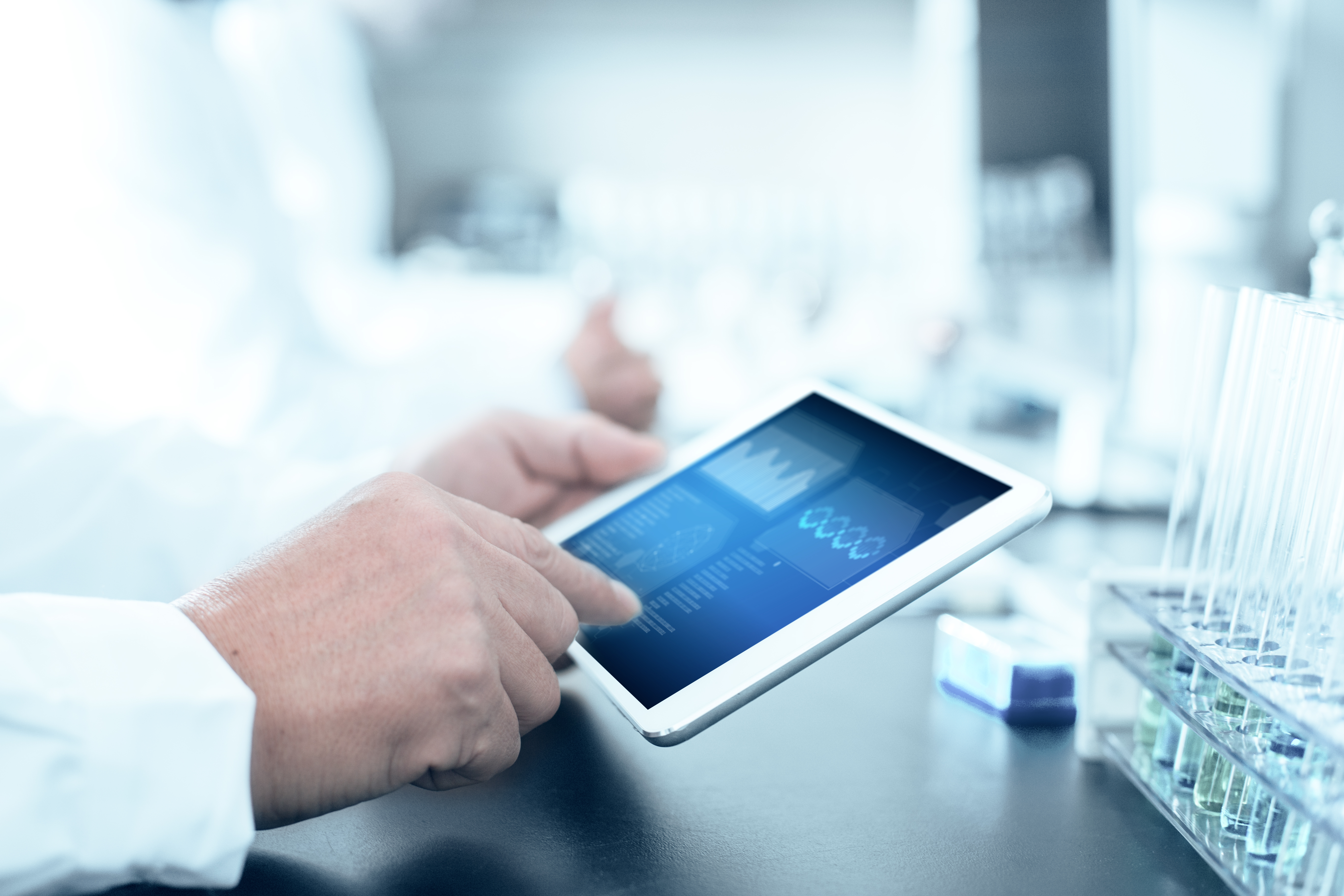This blog post is an excerpt from GovLoop’s recent guide, “Government Health IT: The Fight to Keep Public-Sector Data Secure.”
Anyone who has ever visited a doctor’s office knows the hassle of having to fill out the same health information on different forms. Wouldn’t it be easier if the data was filled out once, then automatically and securely transferred and accessed by your clinician? Patients could forgo the unnecessary paperwork, and clinicians would be able to treat patients better by analyzing more comprehensive and specific data points. Now, imagine the information shared was not just the health history the patient remembered to provide, but also the patient’s entire clinical history held in various electronic medical record (EMR) systems at numerous hospitals, clinics, doctors’ offices, labs and pharmacies.
That future may not be far away. Connected health care is a concept that is helping clinicians access comprehensive patient health data and determine which treatments are most likely to work for a patient. These processes are being driven by digital health platforms.
GovLoop sat down with George Hou, Managing Director and National Account Manager at InterSystems, a leader in software for connected care and health data interoperability, who is helping the Department of Veterans Affairs (VA) design and implement digital health platforms to advance connected health care for veterans.
Digital health platforms help clinicians collect a variety of data points about a patient’s medical history including symptoms, treatments, and genes as if all were collected in one system. Along with collecting and securing data, a digital health platform provides clinicians with context through metadata standards that help standardize the information so that when clinicians and researchers need to translate the data into actions, they can use the same information securely to meet their individual needs.
“If hospitals put together the platform with standards built in, then they can provide data across labs and practitioners without clinicians having to do the translations in their heads,” explained Hou. “Connected health is about bringing data and standards from all of the different systems together through a digital health platform. The platform is the enabler; connected health is providing better care by having a comprehensive view of the patient’s health history for the patient and clinician or care team.” This leads to more consistent diagnoses and treatment no matter where the doctor is located or what EMR platform he uses.
Current widely adopted health information technology specifications require hospitals to track data at the document level, meaning that full documents of data should be tagged and trackable (i.e., C32 – Health Summaries, C37 – Labs). InterSystems has empowered hospitals to change this approach by applying standards such as FHIR, a standard focused on data elements. Interoperability at the data element level creates more useful information for clinicians whether they’re treating patients, looking at population health or reviewing specific cohorts.
Public sector hospitals run by the VA, Department of Defense, and Indian Health Service are uniquely positioned to implement and benefit from digital health platforms because they can make investments independent from short-term financial metrics. Organizations can leverage investments in their existing environments and the data can be made interoperable or migrated with a minimum amount of risk, at the lowest cost. According to Hou, this will benefit the entire health care field. “Public sector hospitals can focus on improved health care, improved population health, improved research, and they can share their insights with the private sector.”
Health data currently is very siloed, but by applying these open, interoperable standards to elements of health data, clinicians will have increased capability to adapt to new specifications and cybersecurity measures, pull more comprehensive clinical and administrative data, and gain a better understanding of what the data actually means for treating the patient. Instead of pulling entire health data sets on a patient, clinicians will be able to access only the information they need, resulting in more efficient and effective care.
Connected health care has the potential to revolutionize hospitals and treatments for patients, but to truly reap the benefits of all this data, hospitals, doctors’ offices, and labs need to implement standards to share data. The most efficient way of doing so is to leverage what digital health platforms provide. These platforms are crucial to providing better care because they provide clinicians with comprehensive views of a patient’s health history in the way each clinician is accustomed to working. InterSystems HealthShare® health informatics platform is one such product that is already making connected health care a reality.
If public sector hospitals invest in secure digital health platforms, then they will be able to break down the data silos both within their networks and externally to provide more effective treatment and services to their patients.






Leave a Reply
You must be logged in to post a comment.